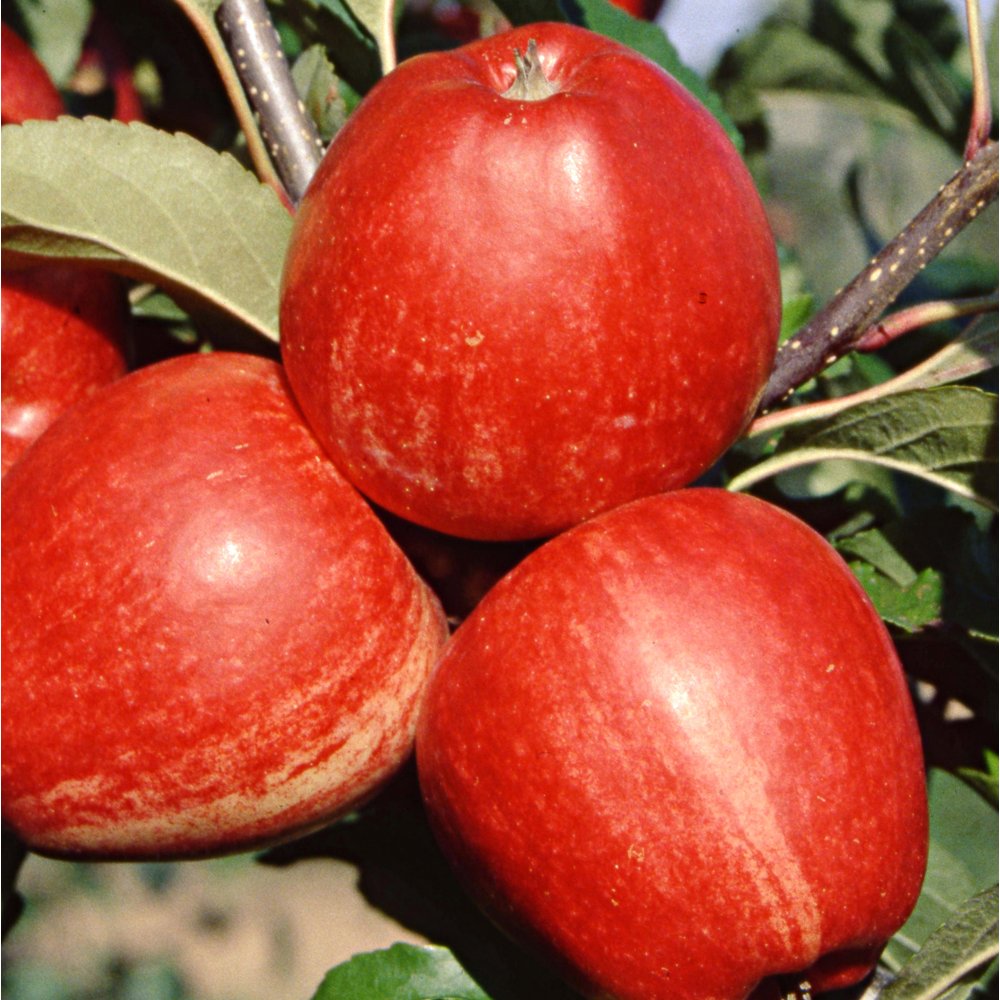Gala Apple Tree
Gala Apple Tree
Eating & Juicing Apple Trees

Gala Apple Tree
Eating & Juicing Apple Trees





Key features




Description
The Gala Apple is well-known for its particularly sweet, juicy flesh. It is favoured for eating by those with a sweet tooth and is also ideal for juicing. Treat yourself to delicious, aromatic home-grown Gala apples and you won't want to go back to shop bought ones.
Related to Cox’s Orange Pippin, Red Delicious and Golden Delicious, Gala Apple trees will produce good crops of red apples (sometimes with stripes) in October. Gala Apple trees needs a pollination partner in group A, B or C situated within a half mile radius. Please note it is not suited to Northern or very cool areas. Malus domestica Gala originates from New Zealand.
| Small shrubs (1-3) | Young trees & 4+ small shrubs | Select semi-mature trees & shrubs (1-4) | All other mature trees (any quantity) | |
|---|---|---|---|---|
| Mainland UK ex. Scottish Highlands | £10 | £12 | £35 | from £55 |
| Scottish Highlands & the Islands | From £30 | |||
| Outside Mainland UK | Currently we are unable to deliver outside of Mainland UK | |||
Product Details
Key features




Description
The Gala Apple is well-known for its particularly sweet, juicy flesh. It is favoured for eating by those with a sweet tooth and is also ideal for juicing. Treat yourself to delicious, aromatic home-grown Gala...
The Gala Apple is well-known for its particularly sweet, juicy flesh. It is favoured for eating by those with a sweet tooth and is also ideal for juicing. Treat yourself to delicious, aromatic home-grown Gala apples and you won't want to go back to shop bought ones.
Related to Cox’s Orange Pippin, Red Delicious and Golden Delicious, Gala Apple trees will produce good crops of red apples (sometimes with stripes) in October. Gala Apple trees needs a pollination partner in group A, B or C situated within a half mile radius. Please note it is not suited to Northern or very cool areas. Malus domestica Gala originates from New Zealand.
Planting & Care
Delivery Information
| Small shrubs (1-3) | Young trees & 4+ small shrubs | Select semi-mature trees & shrubs (1-4) | All other mature trees (any quantity) | |
|---|---|---|---|---|
| Mainland UK ex. Scottish Highlands | £10 | £12 | £35 | from £55 |
| Scottish Highlands & the Islands | From £30 | |||
| Outside Mainland UK | Currently we are unable to deliver outside of Mainland UK | |||
MORE TO GROW YOUR GARDEN
























